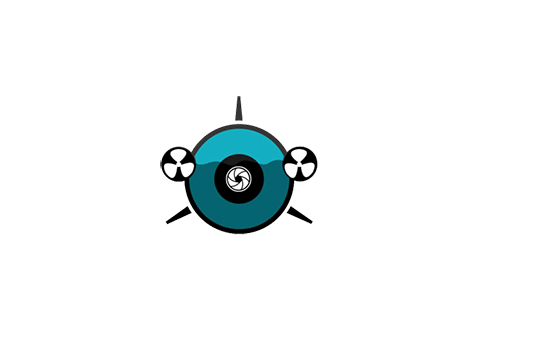
Remotely Operated Vehicles have steadily become the first line of defense to avoid catastrophic asset failures. These unmanned vehicles can travel to complex & hazardous underwater locations & assess the condition of marine structures. Across the globe, these ROV systems are utilized for their impeccable analytical capabilities and acoustic visual data collection.
Over time, with several developments in the field of marine robots, there is a broad spectrum of ROVs that exist. Out of these Micro Class ROVs, Inspection Class ROVs and Work class ROVs are the most deployed.
Work class ROVs as the name suggests are heavy duty and majorly utilized by Offshore Oil & Gas industry. They can handle depths of up to 5000m and weigh somewhere between 4-5 ton. These ROVs are extremely expensive, difficult to mobilize, and cannot be utilized for generic purposes.
In this article we will be focusing on the lightweight Micro class ROVs and mid-range inspection class Planys ROVs.
Delving into the World of Micro Class ROVs!
Eyeball ROVs are the most common in this range. There is no denying that Micro-ROVs cost-effective, small & portable. But there are several downsides as well, these systems lack technological finesse and, in most cases, only perform a basic visual inspection. Listed below are some of the common constraints of Eyeball ROVs:
Cannot be Operated in Strong Currents:
Eyeball ROVs can weigh anywhere between 5 to 20 kgs. One would believe due to this it could offer buoyancy. While that is true in normal waters, in strong currents the system may collapse. Lack of sufficient thrust will make it difficult to keep the station and it may be dragged by the tether.
Insufficient Lateral Mobility:
Micro ROVs are incapable of functioning in a lateral motion due to the absence of appropriate thrust configuration. Resultantly, the operator might be unable to receive an in-depth insight into the structural health of the asset in question.
Limited to Nil Payload Capacity:
The frame of Eyeball ROVs is not designed to withstand extra weight. The majority of these systems cannot accommodate robust technological payloads such as HD cameras, SONAR Sensors, etc.
Inability to Perform Basic Tasks:
Due to the inability to carry payloads, Micro-ROVs cannot undertake even basic inspection tasks such Non-Destructive Testing (NDT) and spot cleaning.
The above limitations are enough proof that Eyeball ROVs are only capable of surveillance and hence not the optimal choice for heavy duty sectors. For sectors such as Oil & Gas, Maritime, Energy, Dams & Bridges a more comprehensive & efficient solution is required.
How Planys ROVs are Changing the Dynamics of Underwater Inspection?
Planys ROVs & inspection solutions are holistic. Extensive research and scientific prowess has gone into devising the systems. The ROVs have been indigenously designed & manufactured by a team of experts who possess expertise in Robotic Designing, Electronics, and Non-Destructive testing. On the other hand, the post-inspection digital analytics solution has been developed by Software experts. The combination of these two elements offers the end-user a safe, accurate, cost-effective, digital & data-driven inspection solution.
The most distinguishing features of Planys ROVs are listed below:
- Portable & Modular
- High Manoeuvrability
- HD Camera & Lights
- Turbid/Murky Water Inspection
- Laser Quantification
- SONAR Sensor
- Corrosion Monitoring
- Depth rating of 120m
Why Choose Planys ROV?
Comprehensive Solution:
Planys ROVs have been built keeping in mind an asset manager’s requirements. The final deliverables by Planys help asset managers make informed decisions for repair and maintenance.
Novel Technology:
To get superior quality data Planys ROVs employs several sensors such as SONAR sensors, Depth Sensors, Laser Sensors, etc.
Utilization in Rugged Field Conditions:
Planys ROVs are built to withstand actual field conditions like Turbid/Murky waters, high tides/currents, working inside confined areas, etc.
Digital Reporting:
Planys’ AI-enabled post-inspection digital analytics system enables effective quantification and categorization of defects. In addition, it also helps in cross-comparison of data across years. Apart from the aforementioned reasons, there are several added benefits that recipients will gain by choosing Planys ROVs. To discover more, drop in a line at sales@planystech.com or dial on +91-8448188507.


